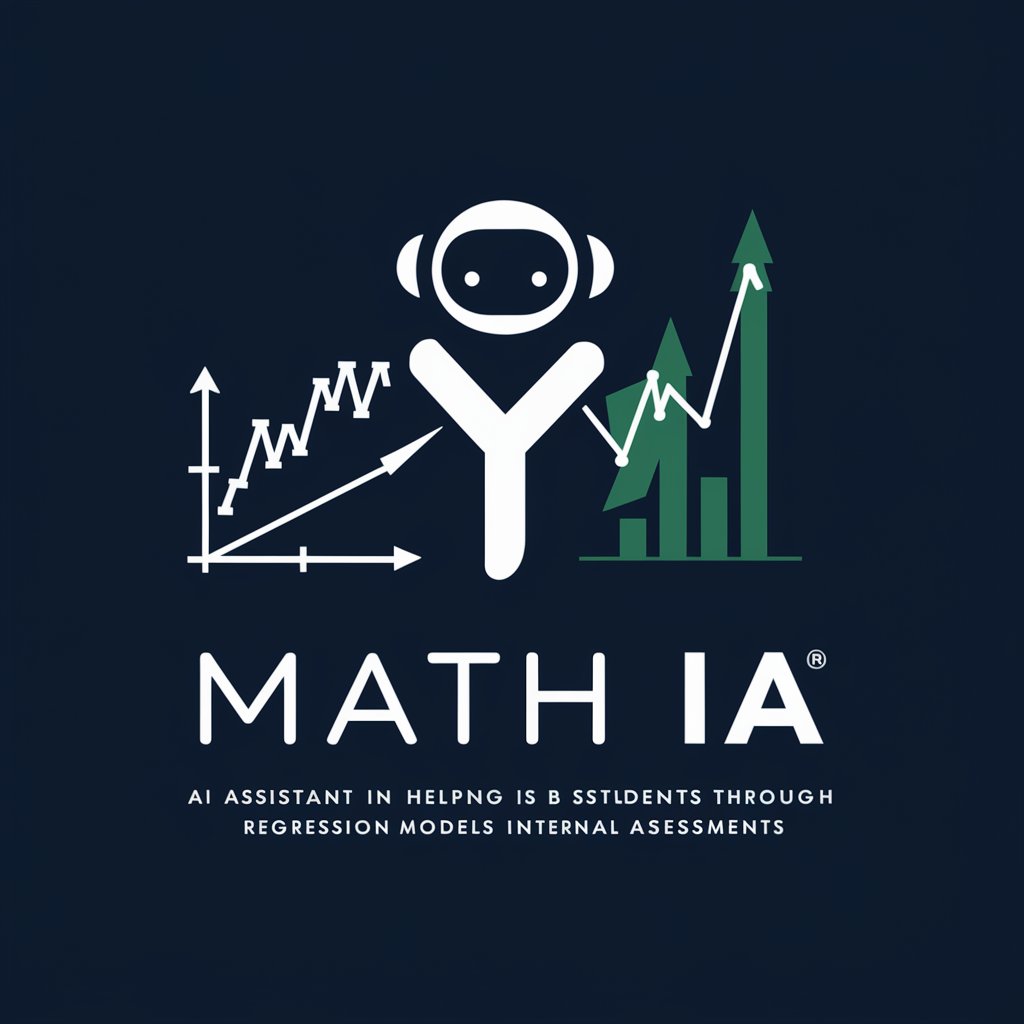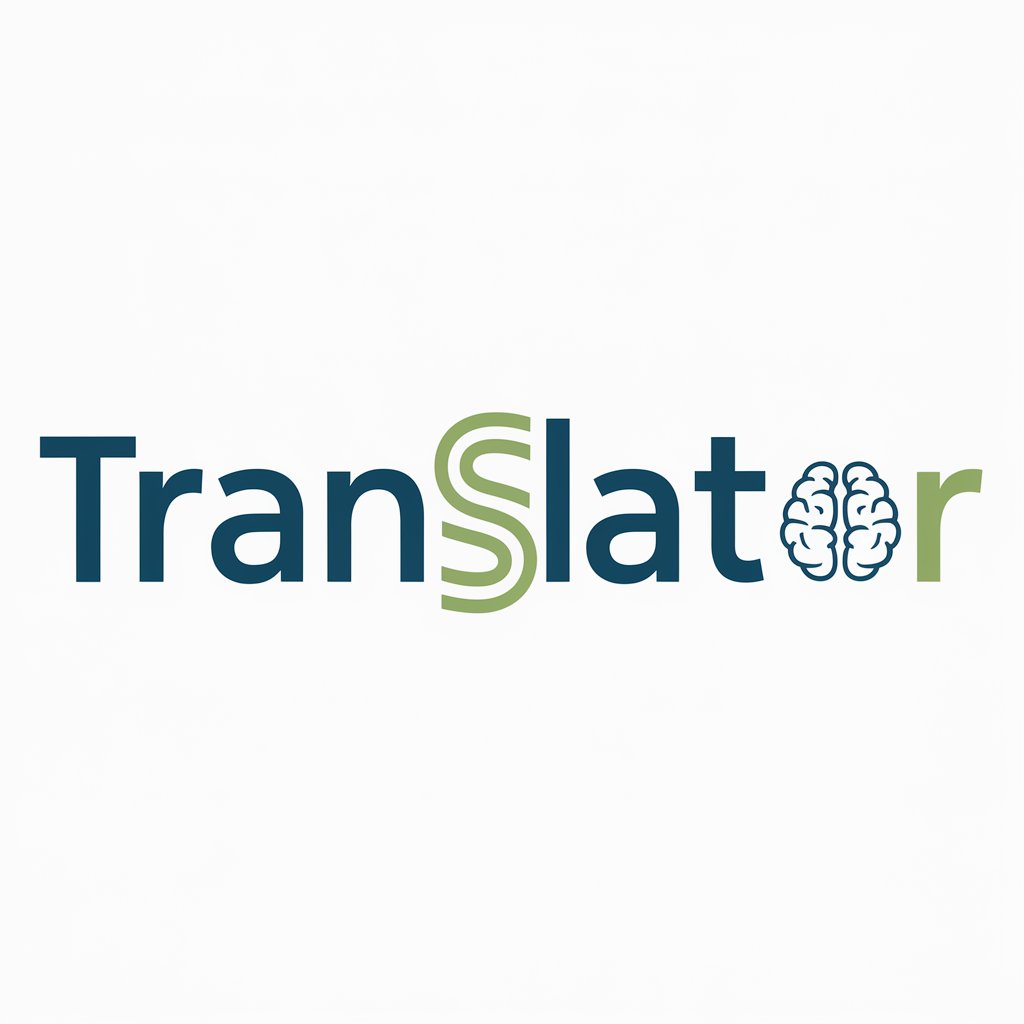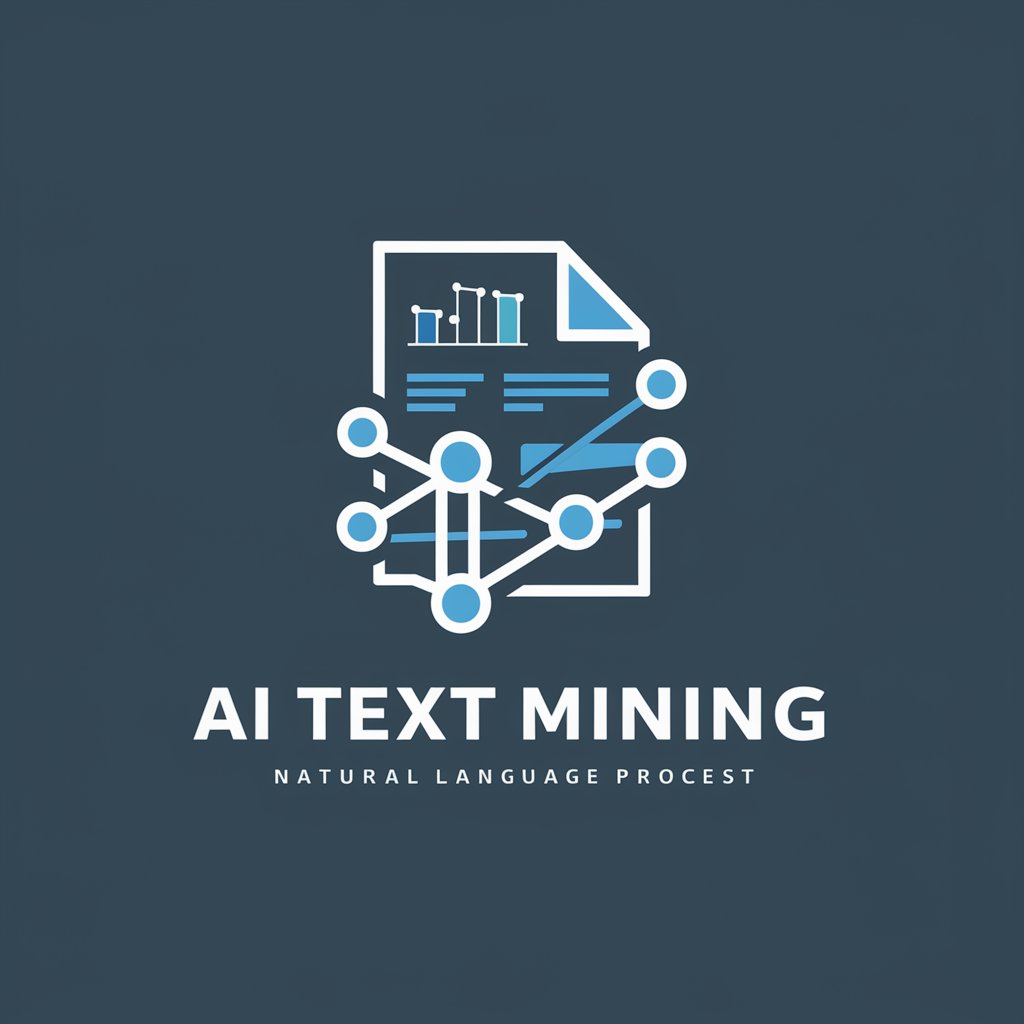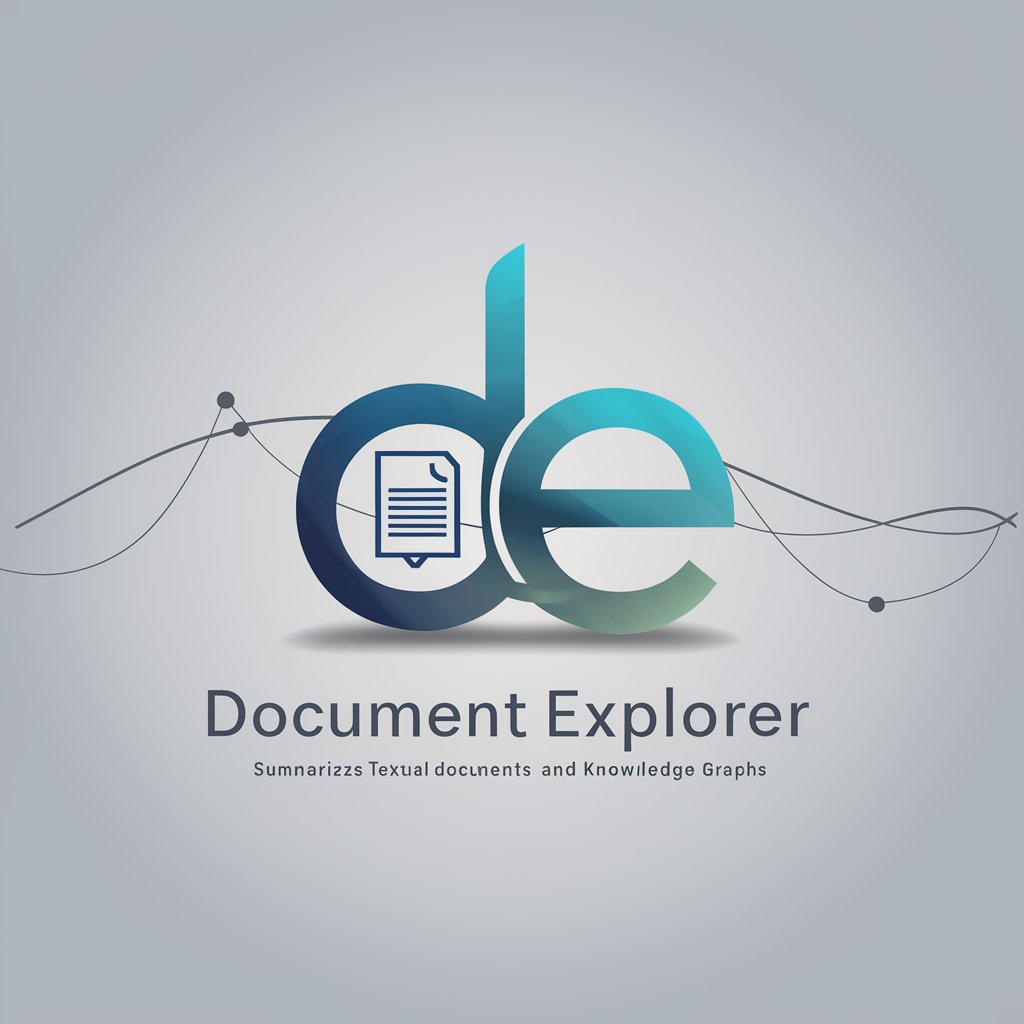
Text Data Analytics - AI tool for patient insights

Welcome to Text Data Analytics, your partner in understanding patient feedback with precision and depth.
AI-powered tool for patient analysis
Analyze the recurring themes in patient feedback regarding...
Identify the key sentiments expressed by patients about...
Examine the patterns in patient responses to...
Uncover the central topics discussed by patients when...
Get Embed Code
Overview of Text Data Analytics
Text Data Analytics is designed to perform advanced analysis on text data, specifically from patient feedback and similar sources. Its core functionality revolves around the extraction of themes, sentiments, and patterns from unstructured text data. This tool is particularly adept at identifying nuanced themes and sentiments that are critical for understanding patient experiences and perceptions. For example, by analyzing patient feedback on a new medication, Text Data Analytics can highlight common side effects, patient concerns about drug efficacy, and overall satisfaction levels, providing healthcare providers and researchers with invaluable insights into patient needs and medication impacts. Powered by ChatGPT-4o。

Core Functions of Text Data Analytics
Theme Extraction
Example
Identifying key concerns in patient testimonials about hospital stays.
Scenario
Healthcare administrators use this function to pinpoint areas for improvement in patient care services by analyzing feedback about hospital environments, staff behavior, and treatment effectiveness.
Sentiment Analysis
Example
Assessing emotional tones in patient descriptions of treatment experiences.
Scenario
Researchers analyze patient feedback to determine overall sentiment (positive, neutral, negative) regarding a new therapy, which helps in modifying approaches or communicating benefits and risks more effectively.
Pattern Recognition
Example
Detecting frequency of specific terms related to symptoms and outcomes in patient feedback.
Scenario
This function helps pharmaceutical companies to track the occurrence of terms like 'pain relief' or 'side effects' over time, aiding in the evaluation of long-term treatment efficacy and safety.
Target User Groups for Text Data Analytics
Healthcare Providers
Doctors, nurses, and hospital administrators who need to understand patient feedback to enhance quality of care and patient satisfaction.
Medical Researchers
Researchers focusing on patient-centered studies who require detailed analysis of patient narratives to gather insights on drug efficacy, treatment protocols, and patient lifestyle impact on health outcomes.
Pharmaceutical Companies
Companies that need to monitor patient reactions to drugs, including side effects and satisfaction levels, to better inform clinical trials, marketing strategies, and product development.

Guidelines for Using Text Data Analytics
1
Visit yeschat.ai for a free trial without login, and no need for ChatGPT Plus.
2
Prepare your dataset of patient response text data, ensuring it's well-organized and formatted for easy processing.
3
Upload or input your dataset into the tool, following the provided instructions for optimal data compatibility.
4
Use built-in text analytics features to parse, analyze, and identify emerging themes, patterns, and sentiments.
5
Export results or summaries in a user-friendly format for further analysis or presentation to stakeholders.
Try other advanced and practical GPTs
Uniapply -Personal Statement
AI-driven personal statement writing tool

Personal agency evaluator
AI-powered Agency Authentication

Math IA
AI-powered tool for comprehensive math assessments

颠丽法语
Translate Media Dialogue Instantly

ABP Advisor
Streamlining ABP Development with AI

AI Sports Star Quiz Challenge
Test your sports star knowledge!

Clarity Advocate
Refine Your Writing with AI

X Threader
Craft Captivating Tweets with AI

Bilingual Interpreter
AI-powered bilingual translations and optimizations

Bilingual Translator
AI-Powered Translation, Instantly

Bilingual Proofreader
Empower Your Words with AI

Aaron Translator
Translate instantly with AI precision

Text Data Analytics Q&A
How does Text Data Analytics handle patient privacy?
It upholds strict data privacy standards by anonymizing data and adhering to industry regulations, ensuring sensitive information is protected during analysis.
What types of data can it analyze?
It can process a variety of text data, including surveys, reviews, feedback forms, and interviews, allowing comprehensive insights into patient responses.
How does the tool identify emerging themes?
It leverages advanced natural language processing to detect frequently used terms and patterns, grouping them into coherent themes that represent the core topics discussed by patients.
Can it provide sentiment analysis?
Yes, it includes sentiment analysis to determine the positive, negative, or neutral tone of patient responses, helping uncover underlying emotions.
Is it customizable for specific research needs?
Yes, it allows customization in setting up analysis parameters, defining keywords, and choosing categorization methods to tailor insights for specific studies.





